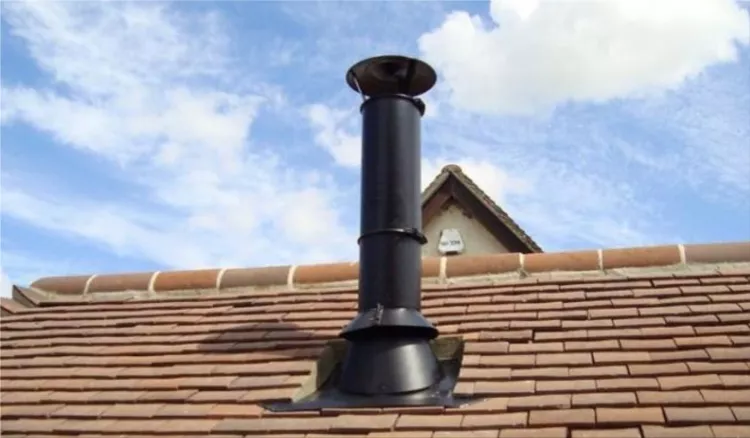6 Signs You Need a Chimney Cap Repair
If you notice cracks or water staining on the outside of your chimney, it might be time for a chimney cap repair. In addition, cracks and leaks can lead to creosote buildup or pest infestation. If you notice any of these signs, call a chimney repair expert.
Water Staining On The Outside Of Your Chimney
Most experts in chimney cap repair Roanoke, VA, mentioned that water staining outside your fireplace chimney is a common problem. This is the result of excessive moisture in the chimney structure. This excess moisture evaporates on the outer surface of the bricks and leaves a white stain. The stain is caused by naturally occurring salts being washed out of the bricks. Usually, this stain does not represent a severe problem. However, if it is widespread and gets deeper into the bricks, it could signify more serious issues.
Cracks In The Chimney Crown
A cracked chimney crown can cause problems for your home, including water damage. This is because the chimney crown is the first line of defense against outdoor weather, and cracks in the crown allow water to seep into the chimney, potentially causing larger cracks and other issues.
Furthermore, a damaged chimney crown can allow moisture to seep into the lining and cause damage such as spalling and shaling. To prevent such damage, you should waterproof the chimney crown.
Another sign that you need a chimney crown repair is the collapse of the flue tiles into your fireplace. This can cause a fire hazard. Fortunately, a new flue liner can be installed in just a few hours. However, you should inspect your chimney crown every year, particularly if you have no access to your roof.
Creosote Buildup
Crumbly black soot on the firebox floor indicates excess creosote deposits in your chimney. Creosote is a product of the combustion process and is one of the leading causes of chimney fires. As a result of excessive creosote buildup, your fireplace may not be burning as efficiently as it should, resulting in a foul smell in your home. You can take steps to prevent creosote buildup from damaging your chimney.
The first step is to clean the chimney. The creosote buildup should be removed by using a chimney brush.
Pests Entering The Chimney
A chimney cap sits on the top of a chimney stack and covers the opening in the flue. If a chimney cap is damaged or missing, pests can enter the chimney and cause a fire. The chimney cap also prevents water and debris from getting into the chimney, which could damage the flue liner. Chimney caps also keep unwanted guests out of your home. These pests can include birds, squirrels, chipmunks, and birds. These creatures can cause a lot of damage to your home, so they need to be kept out by a chimney cap.
Wind Damage
If your chimney cap is blown off during a high-wind storm, you need a professional repair service immediately. A loose or damaged chimney cap can allow moisture to seep into the chimney, causing it to leak. It can also cause water spots near the fireplace. If the cap is blown off, you need a professional to inspect the roof and identify the cause of the problem.
The wind is one of the most common causes of chimney cap damage. Heavy rain, heavy winds, or hail can all damage the chimney. Because it is the highest point of a home, it is more prone to storm damage than most other parts.
Seismic Activity
If you have recently experienced a major earthquake, you may need to have your chimney inspected. Damage from seismic activity can make your chimney leak and cause a fire. It also allows dangerous gases to seep into your home. In addition, the masonry that makes up your chimney can be weakened or even cracked.
Even slight earthquakes can damage your chimney's structure. In some cases, the masonry collapses, which can cause it to fall and damage people, cars, and decks. Chimneys are among the most common areas of damage during earthquakes, but many people ignore them. Whether or not your chimney is safe, you can ensure it is in good condition by having it inspected by a certified chimney professional at least once a year.
- Add new comment
- 47 views
























